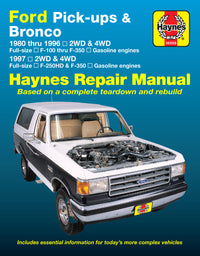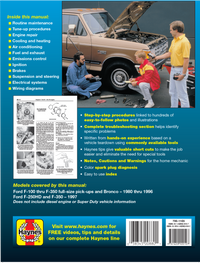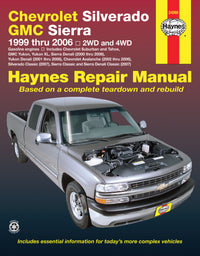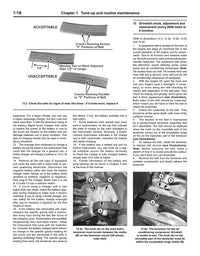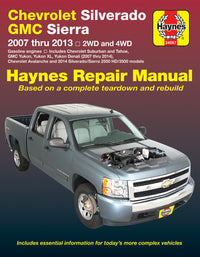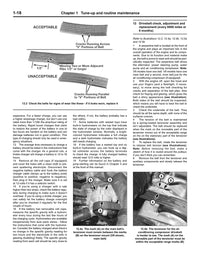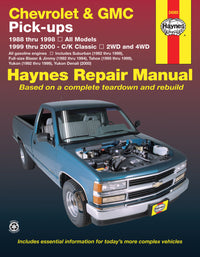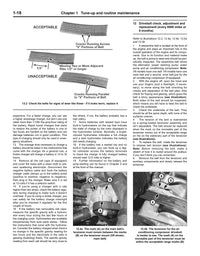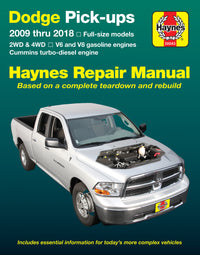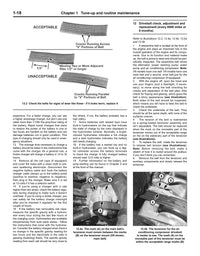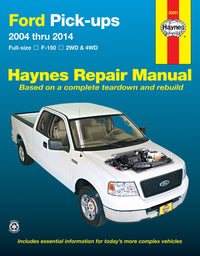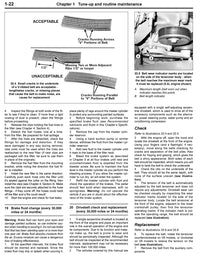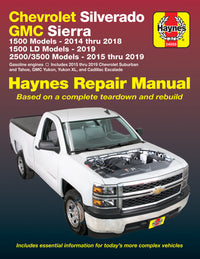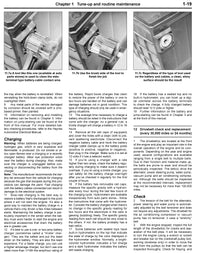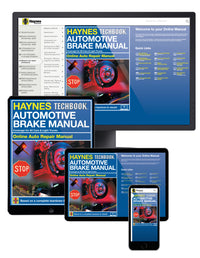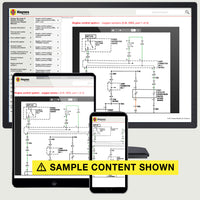Free step-by-step YouTube tutorials for your Chrysler PT Cruiser
Do you own a Chrysler PT Cruiser from 2001 thru 2010? Maybe you're thinking about buying one of these compact wagons?
You can save yourself lots of money by carrying out maintenance and repairs on your own car, and Haynes' Owners Workshop Manual for the Mk1 PT Cruiser (2001 - 2010) shows you how to perform basic jobs such as checking the tire pressures, fluid levels and changing the wiper blades as well as more advanced procedures such as replacing the fuel pump and renewing the drive axle.
Haynes has also just added 15 YouTube videos that show you, step by step, how to do the jobs shown above (and more) on your PT Cruiser. Our Mk1 Chrysler PT Cruiser YouTube playlist shows you:
How to fit a new air filter
How to install a new alternator
How to change the auto transmission oil
How to service the cooling system
How to fit a new drive axle
How to replace the front struts (shown below)
How to replace the headlight bulbs
How to swap out the oxygen sensor
How to renew the engine oil and filter
How to replace the PCV valve
How to change the rear shock absorbers
How to renew the spark plugs
How to replace the rear light bulbs
How to change the thermostat
How to change the wiper blades
The videos are designed to complement our online manual for the Chrysler PT Cruiser with the 2.4-liter four-cylinder gasoline engine.
Chrysler launched their new PT Cruiser onto the market in 2001. The PT (Personal Transport) was a fusion of modern and retro car design styles. It was a very popular four-door compact wagon with 2.4 liter, 4 cylinder engines, and multi-port fuel injection.
The Chrysler PT 2001-2010 was available with five-speed manual or four-speed automatic transmission and featured MacPherson strut front suspension, with semi-independent torsion beam suspension at the rear.
The vehicle's service schedule includes weekly engine coolant level checks, three-monthly engine oil and filter changes, and yearly drive belt checks. Haynes gives you complete maintenance guidance, covering all you need to know to care for your vehicle in our Chrysler PT Cruiser 2001-2010 repair manual.
With a Haynes Online Manual in an online format you get all the trusted content of a printed manual, with additional features to help you get the job done. Take your entire manual with you on every journey.
Why buy an online manual rather than a print manual?
- You get to keep it for as long as you need it
- All colour step-by-step guides for over 200 jobs with 700+ photos
- Image zoom feature for close-up view of jobs
- Brand-new “how to” video tutorials covering key repair tasks
- Print complete sections to take with you into the workshop
- Troubleshooting section – quickly find the cause of a problem
- Colour wiring diagrams help track problems quickly and easily
- Easy search feature – find your job fast
- Dictionary of automotive terms
- Quick links to popular DIY tasks and other jobs linked to your task
- Conversion calculator – imperial and metric units
Get the full online manual here

Here’s the Chrysler PT Cruiser front strut video from YouTube:
Click here to see the full YouTube playlist for the Chrysler PT Cruiser
Buyer’s guide: The Chrysler PT Cruiser story
The PT Cruiser was available in a four-door, liftgate-type body style.
The four-cylinder engine is equipped with Dual Overhead Camshafts (DOHC) and is transversely mounted. All models are equipped with sequential multi-port fuel injection. A turbocharged version was offered with the 2003 model year.
The engine transmits power to the front wheels through either a five-speed manual transaxle or a four-speed automatic transaxle via independent driveaxles.
The PT Cruiser features MacPherson strut-type suspension at the front and a semi-independent torsion beam type axle using coil springs and shock absorbers at the rear. The rack-and-pinion steering unit is mounted behind the engine with power-assist available as standard equipment.
All models have a power-assisted brake system with disc brakes at the front and either disc or drum brakes at the rear. An anti-lock brake system (ABS) is available as an option.

